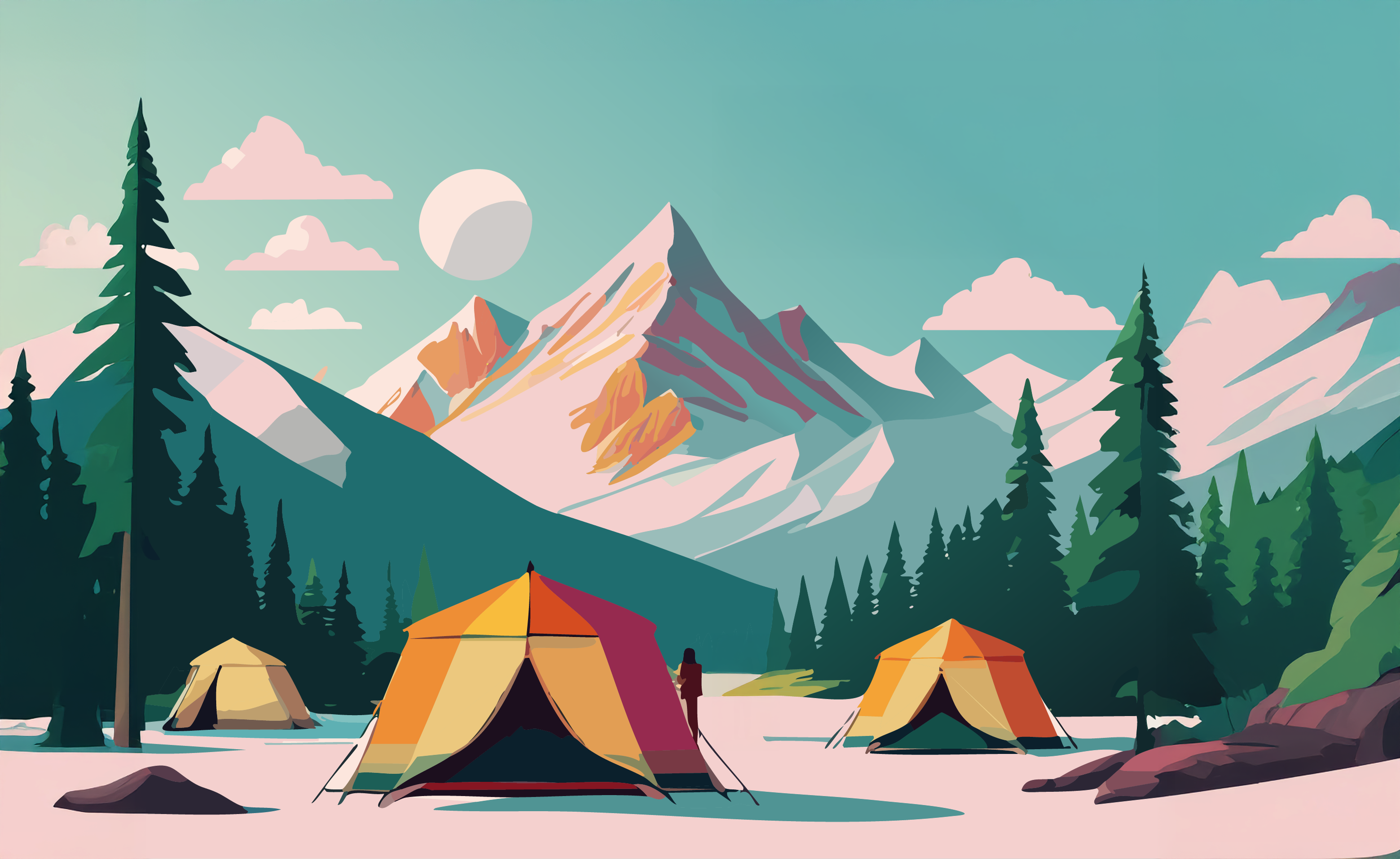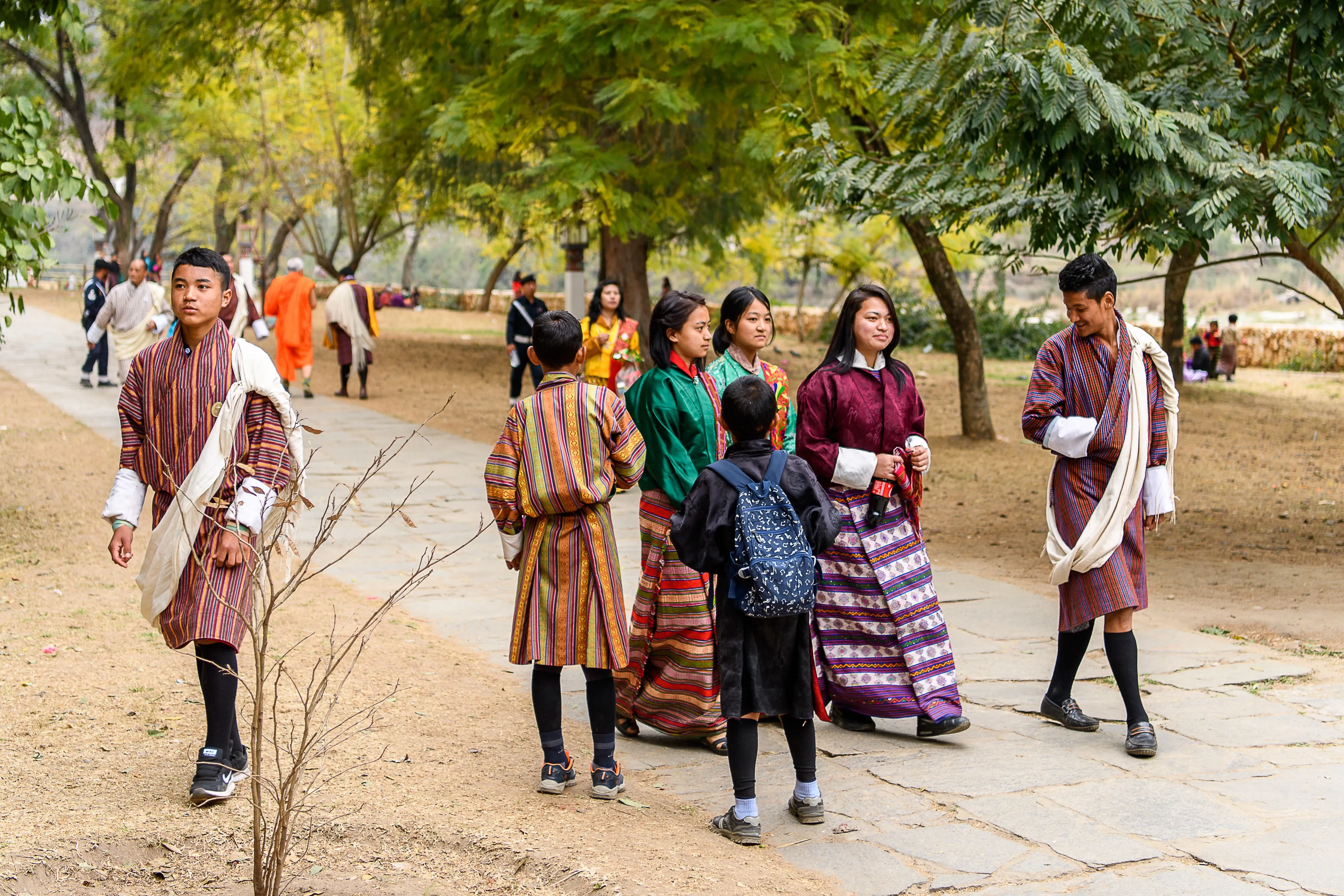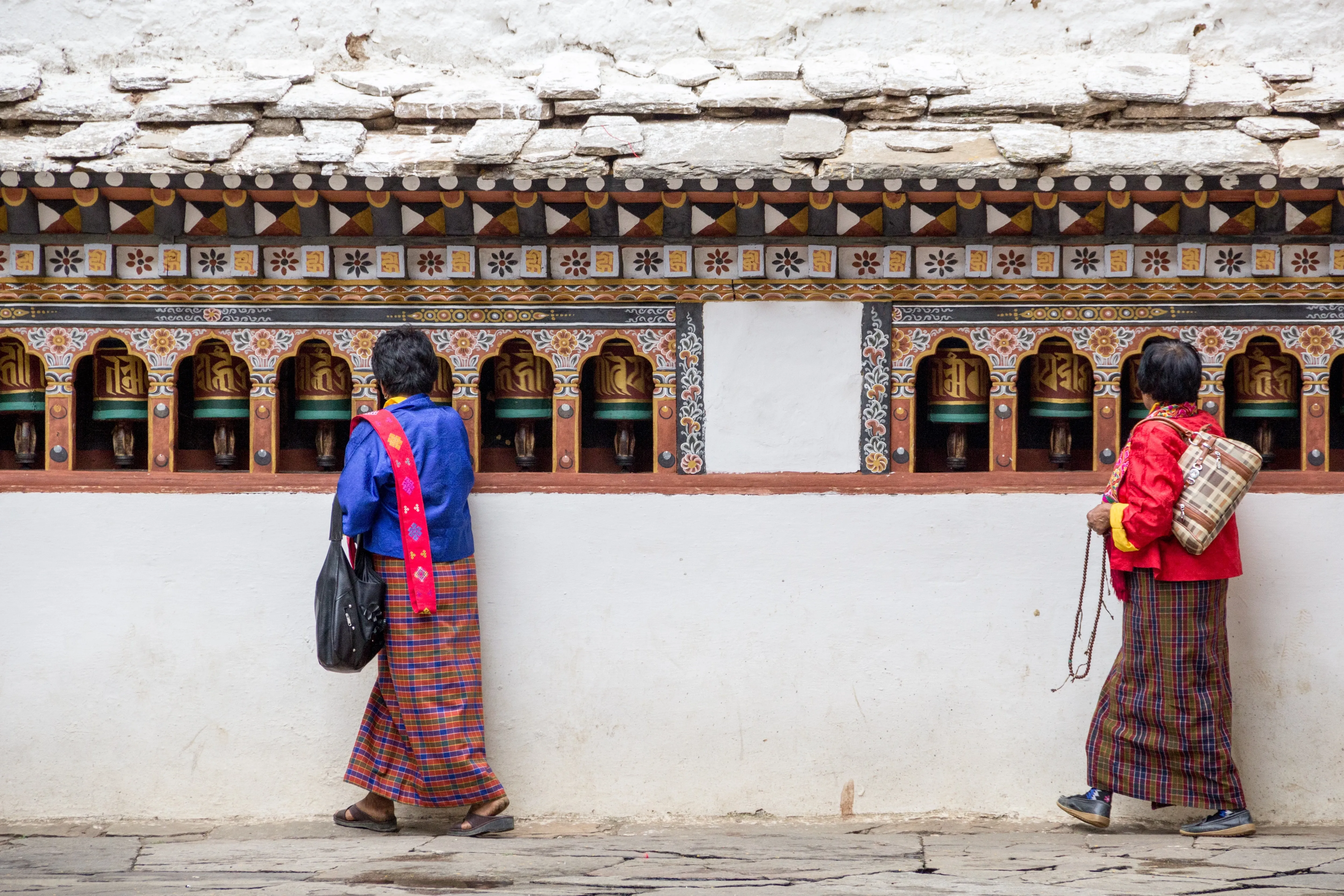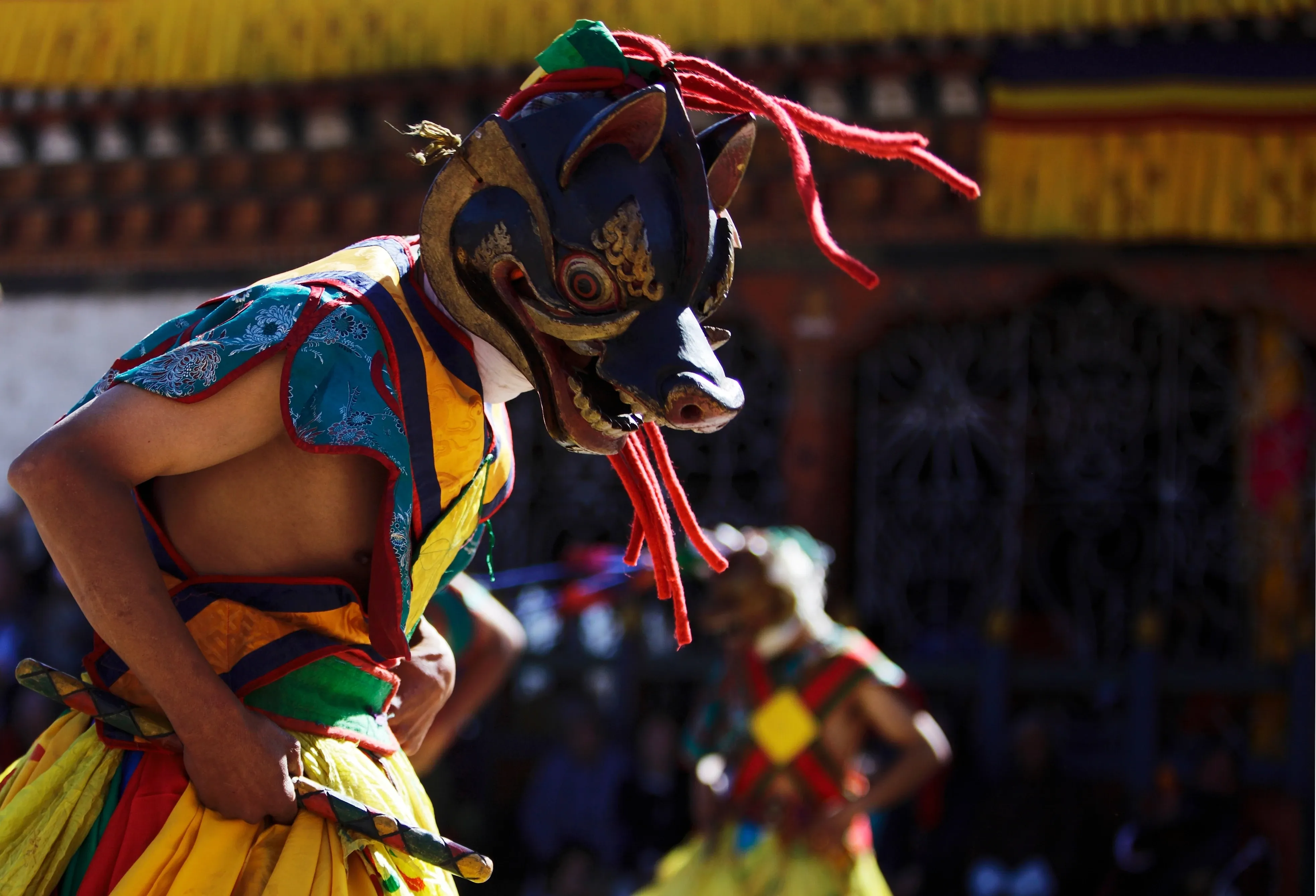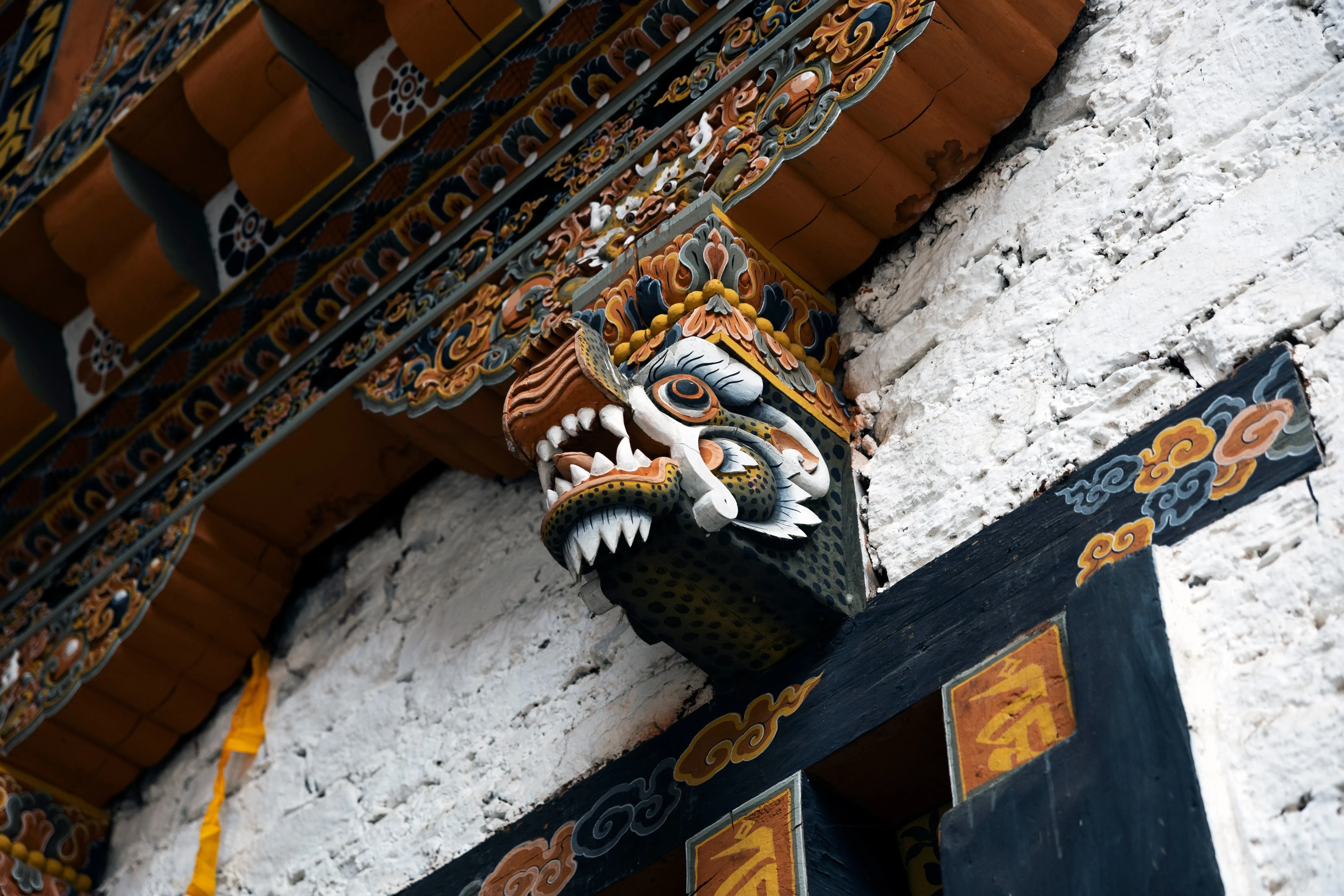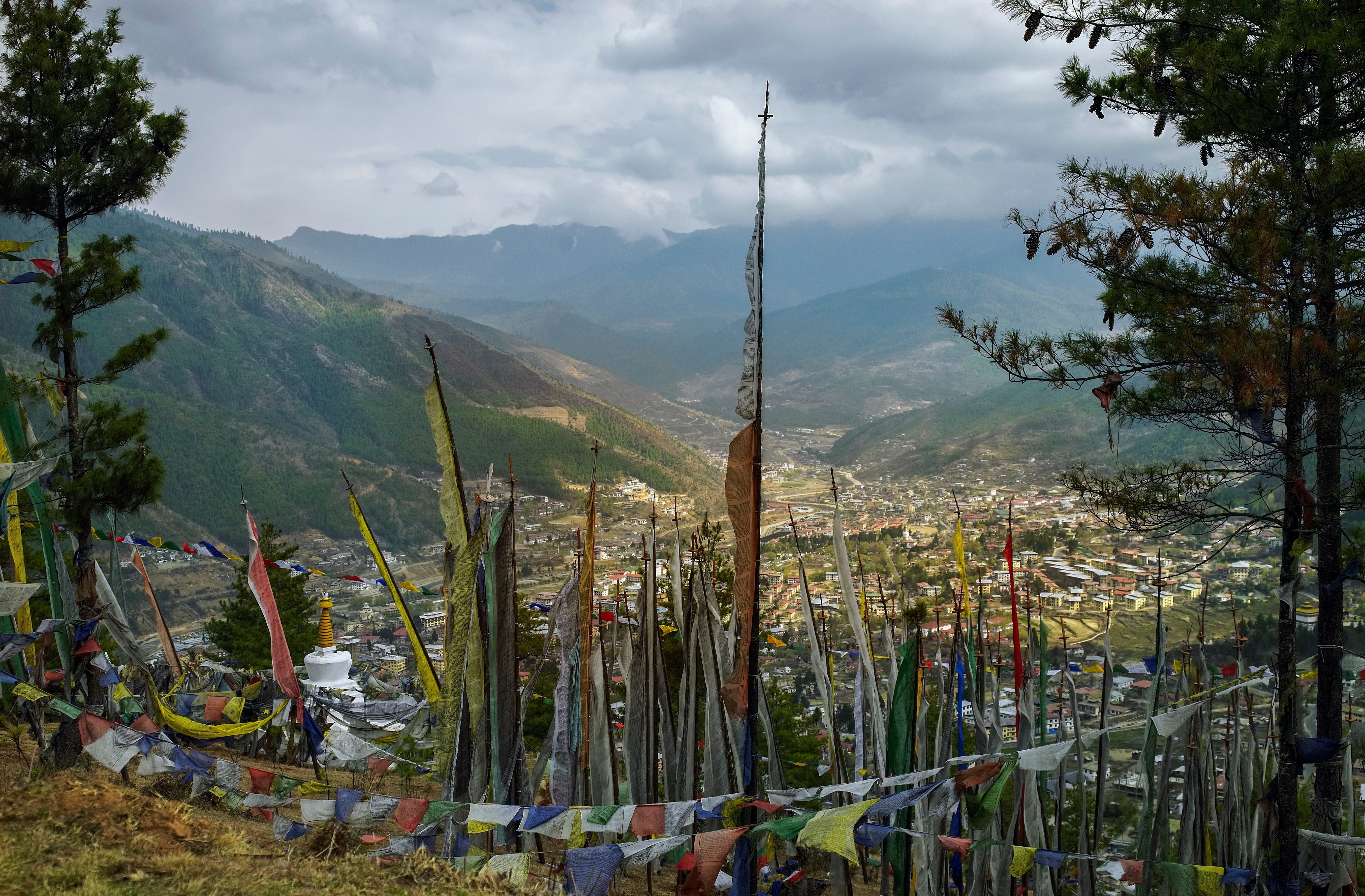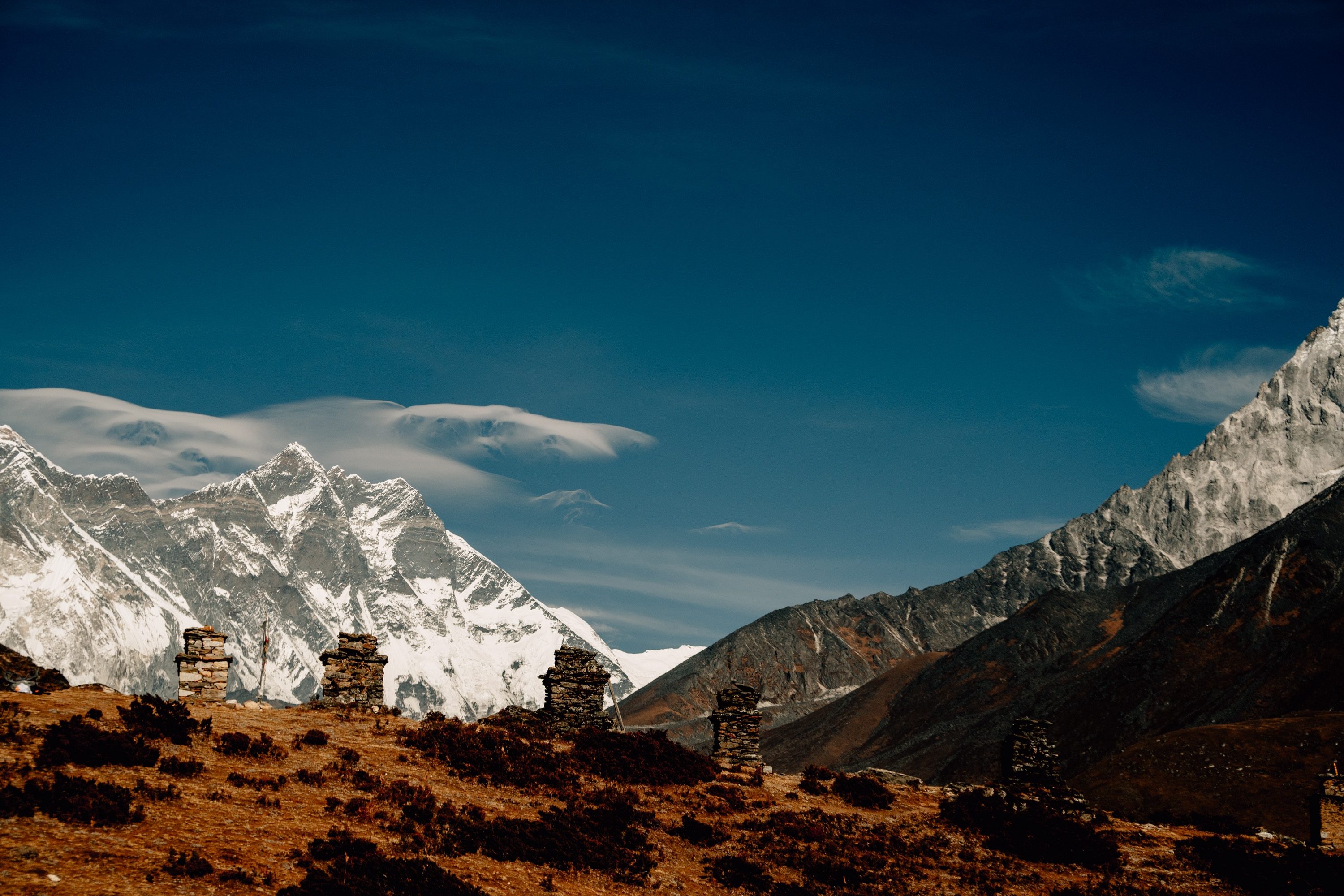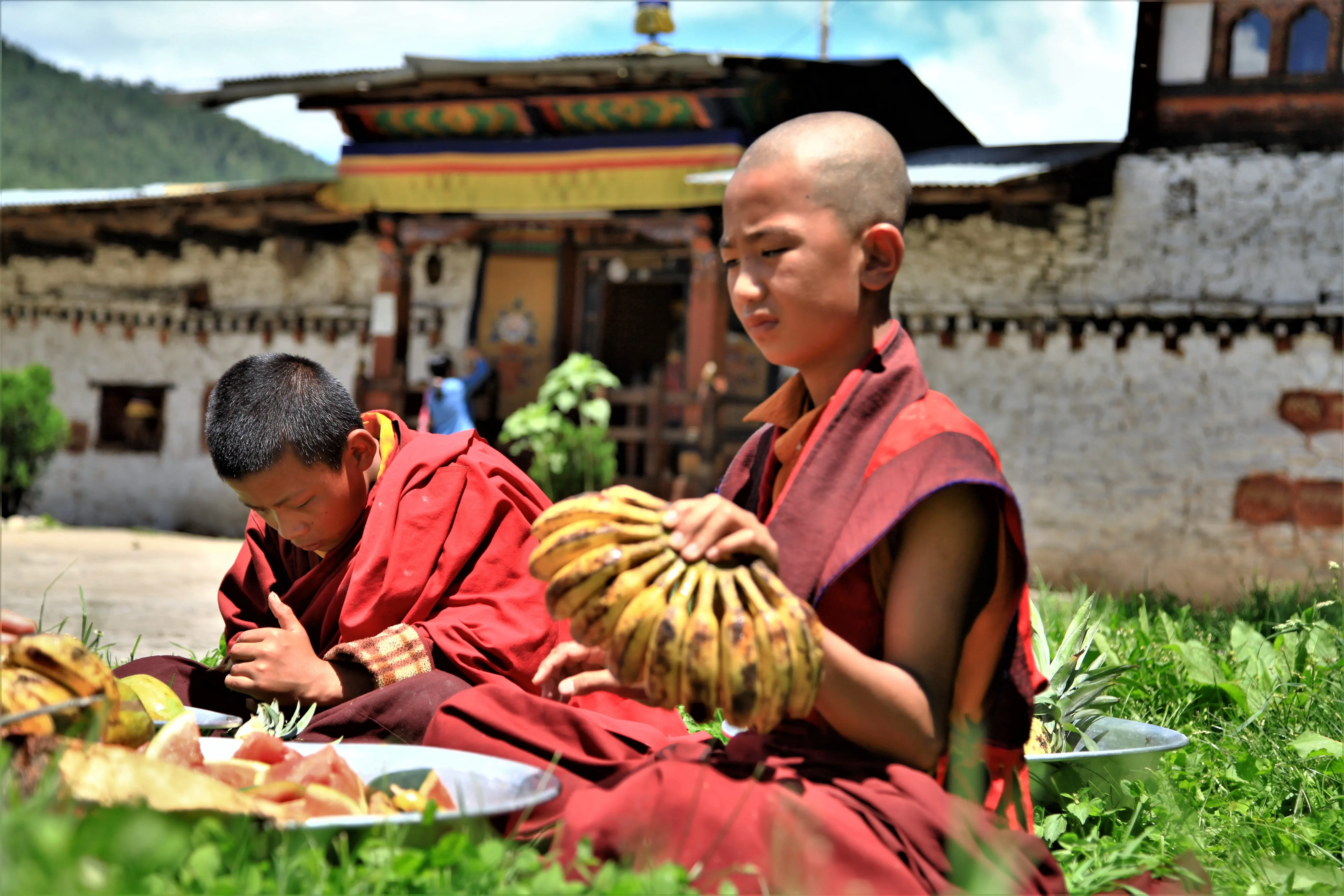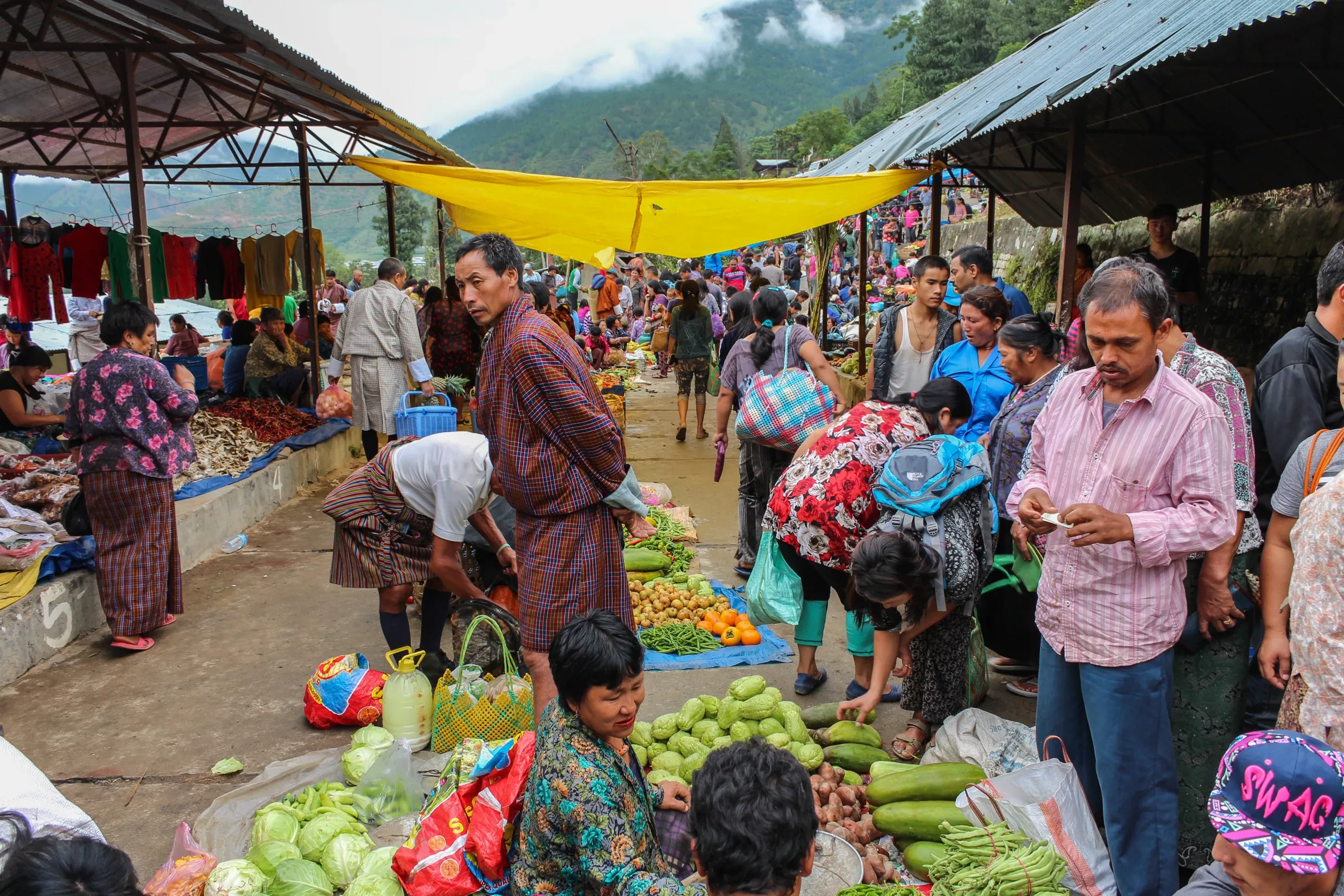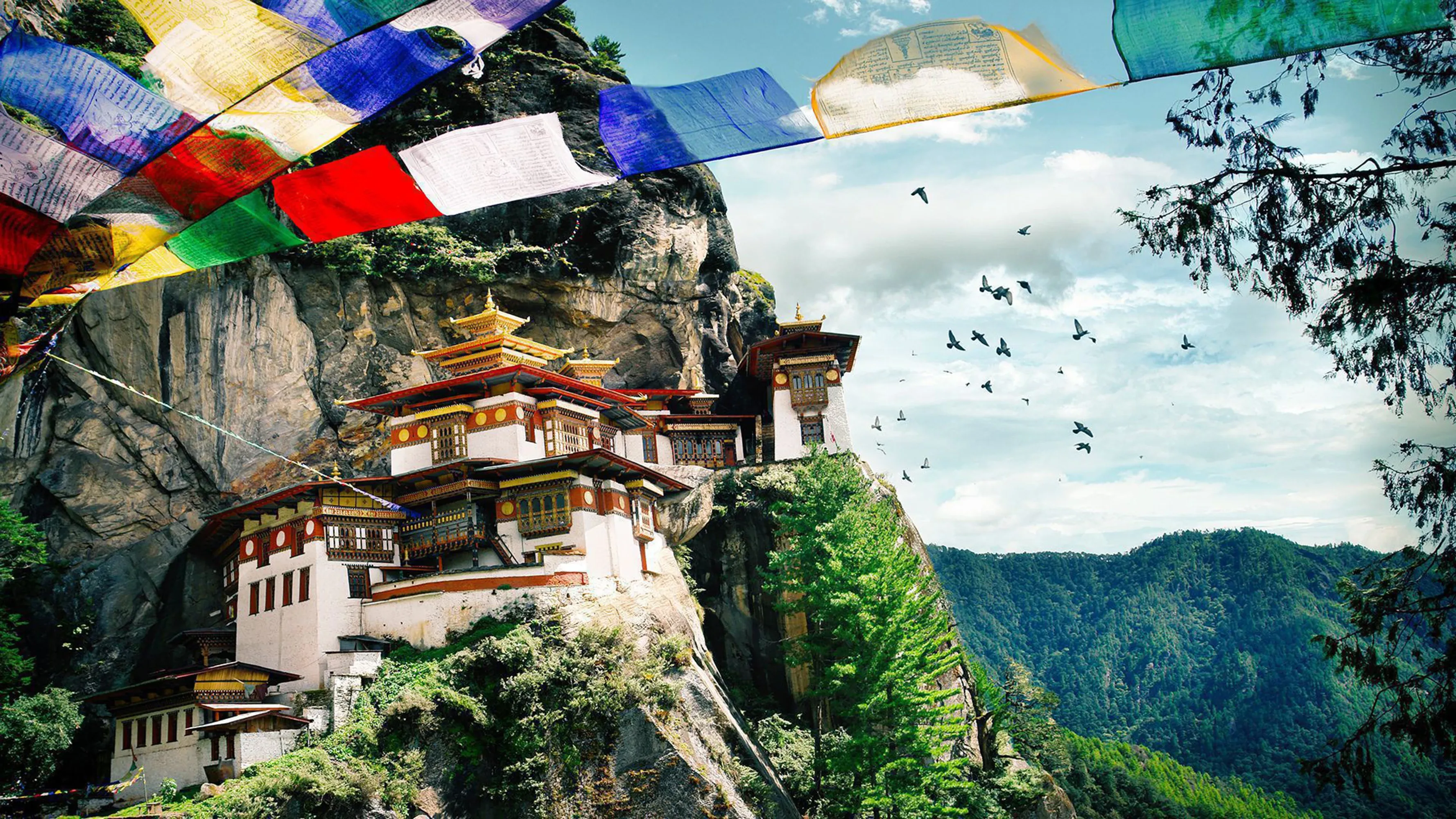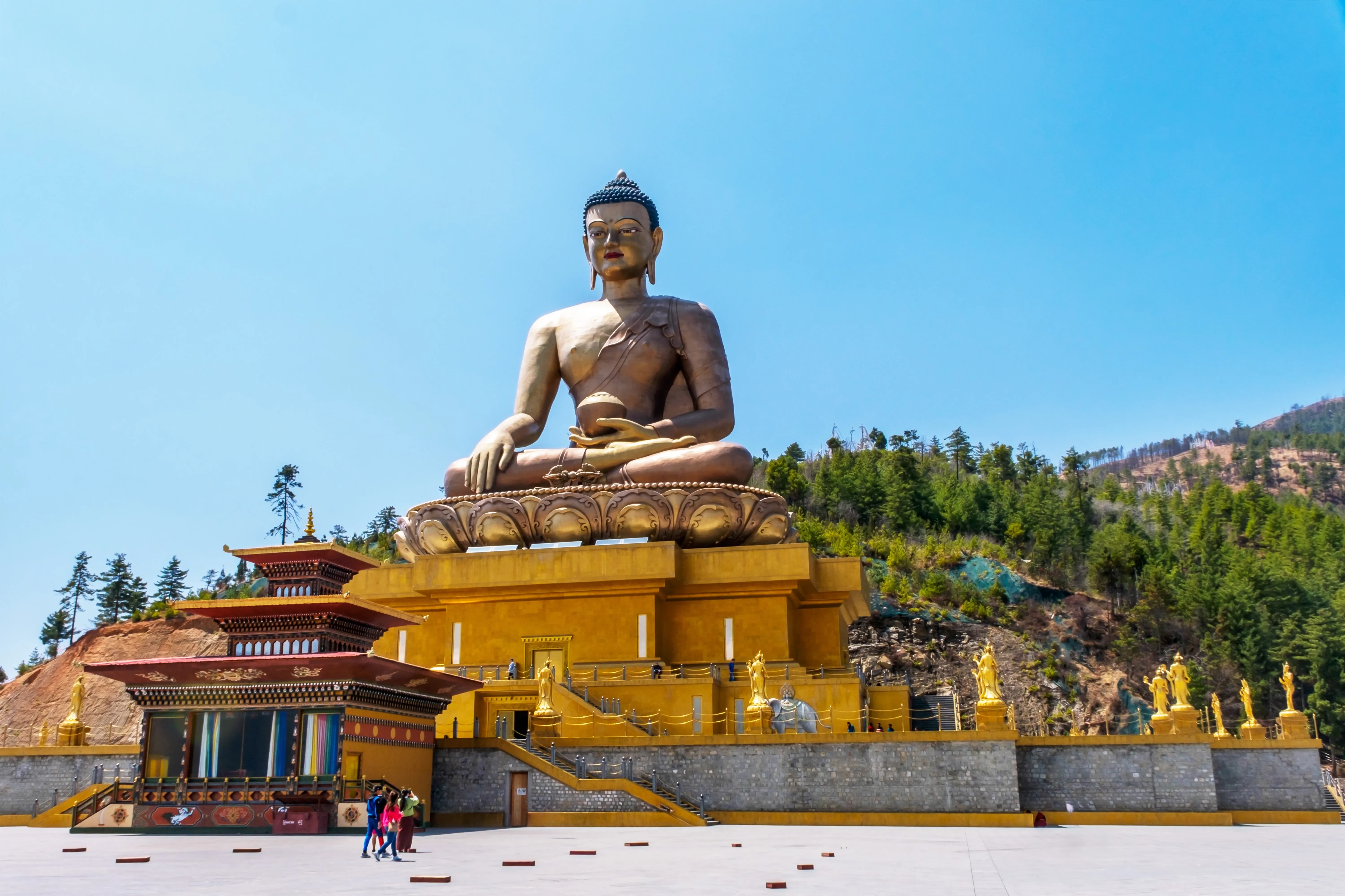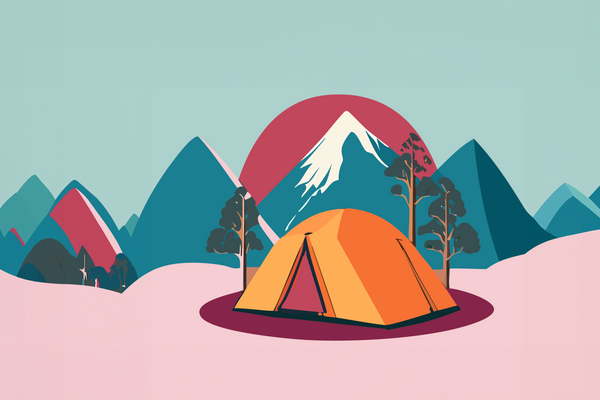Travel etiquette in Bhutan
Located amid the soaring peaks of the Himalayas, Bhutan feels like a realm where the rhythm of life slows and every moment is steeped in meaning. This “Land of the Thunder Dragon” is a sanctuary of serene valleys, ancient monasteries, and pristine landscapes, where spirituality and nature are woven into daily life.
Here, travellers encounter more than just dramatic vistas—they are invited into a culture that cherishes mindfulness, harmony, and respect for the world around it. In Bhutan, the modern rush fades, leaving space to connect deeply with traditions that have endured for centuries, untouched by time.
Bhutan's rich cultural tapestry is intricately woven with the teachings of Buddhism, shaping every facet of life—from the art of greeting one another with a warm "Kuzu zangpo la" to the meticulous care shown for sacred sites and traditions.
While Bhutan is renowned for its openness and welcoming spirit, visitors must approach the Kingdom with an understanding of its cultural etiquette, which values humility, respect, and a genuine desire to engage with the local way of life.
By adhering to these customs, travellers can foster meaningful connections and experience Bhutan in all its serene and spiritual glory.
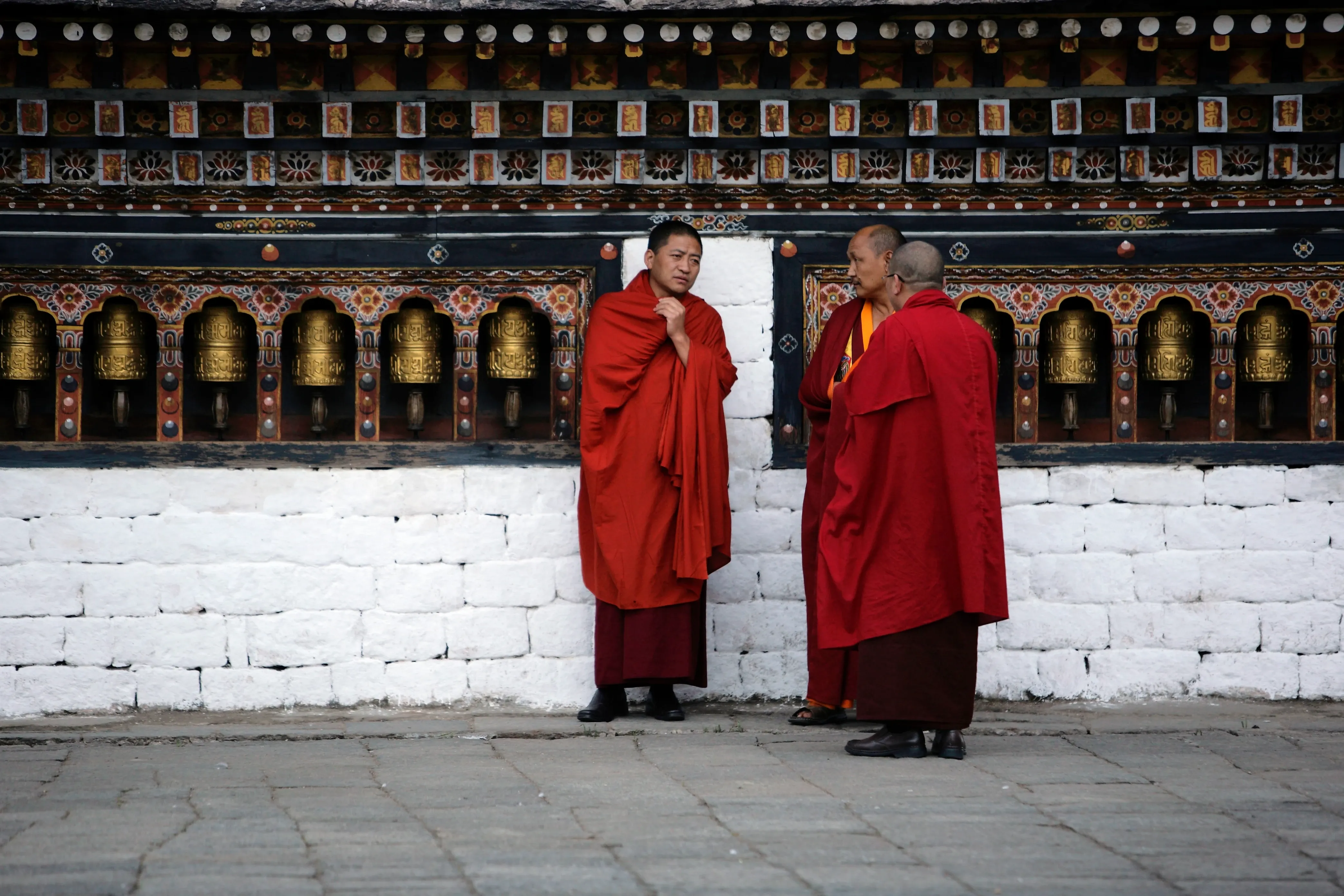
Note on Bhutan’s Daily Tourism Fee
Bhutan charges a Sustainable Development Fee (SDF) of around $100 USD per person per night for most international visitors (Indian citizens are exempt or pay a different rate).
Introduced as part of Bhutan’s “High Value, Low Impact” tourism policy, the fee supports sustainable development projects, infrastructure improvements, and the preservation of culture and nature. Find updated information and details here.
Greetings in Bhutan
In Bhutan, greetings are more than just words – they are a reflection of the country’s deep respect for tradition, culture, and spirituality.
The most common greeting in Bhutan is "Kuzu zangpo La," which translates to "Hello" or "How are you?" but carries with it an air of warmth and goodwill. The phrase is often spoken with a gentle smile and a respectful tone, setting the tone for the encounter to come.
Bhutanese greetings are often accompanied by a gesture of respect, the traditional "Namaste" or "Chhoeup"—a slight bow with hands pressed together in front of the chest, resembling a prayer-like gesture. This practice is deeply rooted in the Buddhist tradition, signifying both reverence and the acknowledgement of the divine within each person.
When greeting elders, it is particularly important to show a deeper level of respect, bowing slightly lower and offering a soft "Kuzuzangpo La." In more rural areas, where the pace of life is slower, a simple wave of the hand or a smile can also serve as a greeting, demonstrating the Bhutanese emphasis on simplicity and sincerity.
Visitors should keep in mind that it is customary to greet people in a calm, respectful manner, as hurried or overly boisterous behaviour may be perceived as disrespectful. By greeting others in the Bhutanese way, travellers can honour local customs and create meaningful connections that deepen their experience of this serene kingdom.
»Bhutan, where tranquility and spirituality intertwine.«
Language in Bhutan
In Bhutan, the official language is Dzongkha, which is part of the Sino-Tibetan language family. Although Dzongkha is the primary language spoken by the Bhutanese people, English is widely used in urban areas, particularly among younger generations and in the tourism industry.
It’s not uncommon to find English spoken in places like Thimphu, Paro, and Phuentsholing, but learning a few words in Dzongkha can greatly enhance your experience, showing respect for the culture and helping to build rapport with the locals.
The Bhutanese are generally warm and welcoming, and even a small effort to speak their language is often appreciated. While Dzongkha’s script may seem challenging at first glance, its pronunciation is not overly difficult, and a few basic phrases can go a long way. Bhutanese culture places a high value on respect, especially in communication, so using polite phrases and greetings is essential.
Sample phrases for conscious Bhutan explorers:
While English is often understood in tourist areas, understanding these basic phrases will not only help you navigate the language barrier but also foster a deeper connection with the country’s warm and hospitable people.
- Kuzu zangpo la (Hello) – A warm greeting that shows respect and goodwill.
- Kadrin chey la (Thank you) – Expressing gratitude is key to respectful communication.
- Chomdhen la (Good morning) – A respectful way to start the day.
- Ngacho nangpo zhi (How are you?) – A polite inquiry about someone's well-being.
- Nga chue… (My name is…) – A simple introduction to help initiate conversation.
- Laa genday? (Where are you from?) – A way to ask where someone is from, showing interest in their background.
- Doji mean? (How much does it cost?) – A useful phrase for everyday transactions.
- Maitreya chhoeup (Excuse me, sorry) – Polite way to get someone's attention or to apologise.
When using these phrases, it's important to do so with a respectful tone. The Bhutanese value calmness in speech and appreciate travellers who approach them with genuine interest and humility. Using the correct tone, especially when addressing elders or spiritual figures, is crucial. And if you don’t speak Dzongkha perfectly, don’t worry—the effort itself is often more important than the accuracy.
Traditions in Bhutan
Bhutan, the "Land of the Thunder Dragon," is a country where traditions are a cornerstone of daily life, rooted deeply in Buddhism and centuries-old practices. These customs not only preserve Bhutan’s unique cultural identity but also reflect its values of spirituality, harmony, and respect for nature.
Festivals in Bhutan
One of Bhutan’s most celebrated traditions is Tshechu, a religious festival held annually in each district, honouring Guru Rinpoche, the spiritual figure credited with introducing Buddhism to Bhutan. During Tshechu, locals gather to witness elaborate mask dances performed by monks and laypeople. These dances, accompanied by chanting and music, symbolise the triumph of good over evil, and attending the festival is believed to bring blessings and merit.
National sport in Bhutan
The practice of archery, Bhutan’s national sport, is another cherished tradition. More than just a sport, archery tournaments are vibrant community events filled with music, celebration, and playful banter. These gatherings foster social bonds and showcase the Bhutanese spirit of joy and camaraderie.
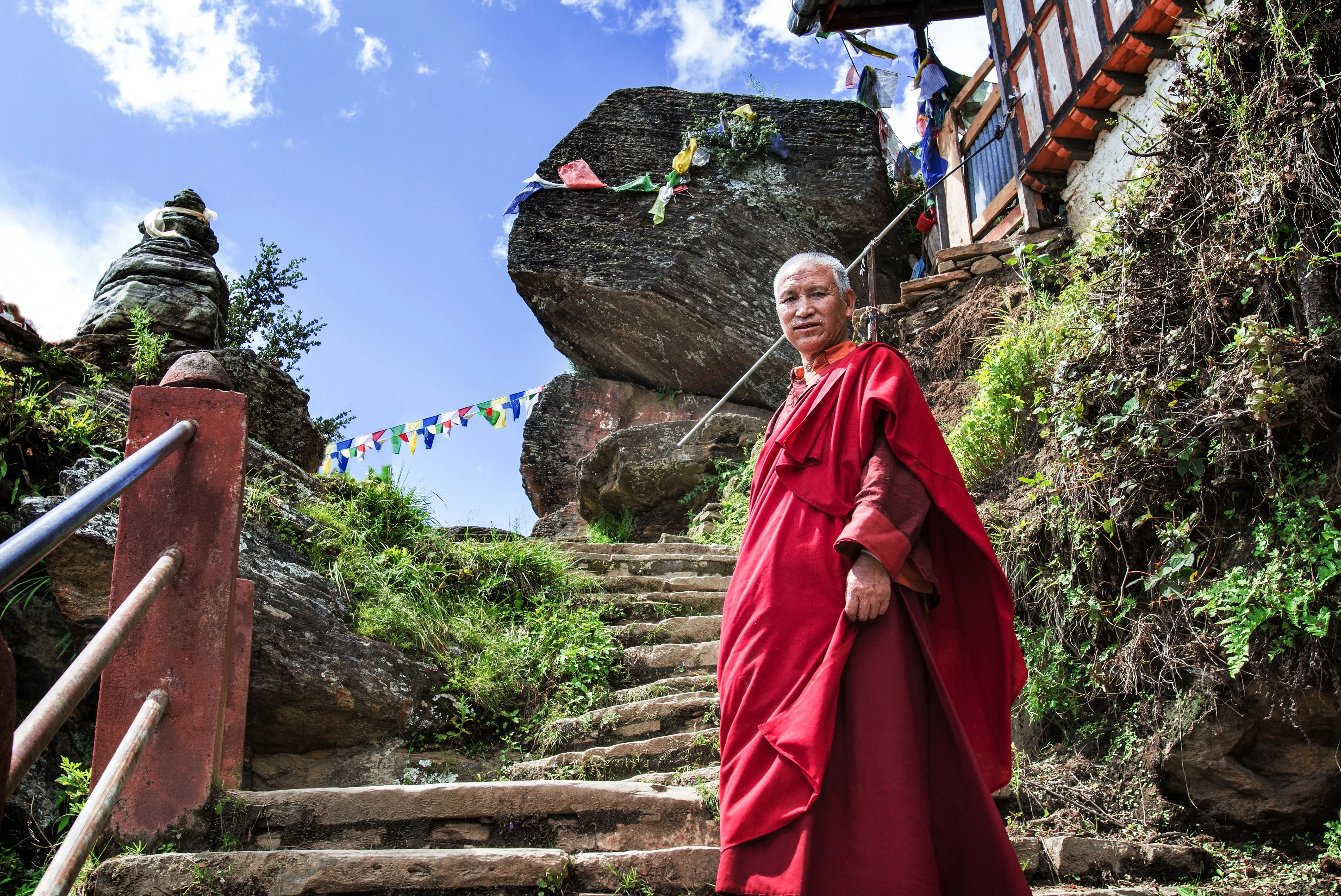
Traditional attire in Bhutan
Traditional attire is a daily reflection of Bhutanese heritage. Men wear the Gho, while women wear the Kira, both made from colourful handwoven fabrics. Wearing this clothing is not just about tradition but also national pride, and it is mandatory for formal occasions and government functions.
Environmental preservation in Bhutan
Bhutan’s traditions also extend to its commitment to environmental preservation, guided by the philosophy of Gross National Happiness (GNH). This approach ensures that cultural heritage and ecological sustainability are prioritised alongside societal well-being.
Whether it’s in the lively celebrations of Tshechu, the timeless beauty of traditional dress, or the quiet reverence for nature, Bhutan’s traditions offer travellers a glimpse into a way of life that cherishes mindfulness, balance, and cultural harmony.
Respecting Nature in Bhutan
In Bhutan, nature is considered sacred, a living reflection of the country’s spiritual values. Whether hiking through misty valleys, trekking to remote monasteries, or wandering along forest trails, travellers are encouraged to move with mindfulness and intention.
Keep noise to a minimum, stay on marked paths, and avoid disturbing wildlife or picking plants. Littering is strictly frowned upon, as is any behaviour that could harm the delicate ecosystems. By treading lightly and respecting the land, you honour not only Bhutan’s natural beauty but also its centuries-old spiritual traditions, allowing for a deeper, more harmonious connection with the environment.
Do’s and Don’ts when eating out in Bhutan
Bhutanese cuisine is a delicious blend of hearty and flavourful dishes, showcasing local ingredients and the country's love for spice.
Red rice, a nutty and slightly chewy variety grown in Bhutan, is a staple served with curries and stews. A popular dish is Jasha Tshoem, a fragrant chicken curry cooked with garlic, onions, and Bhutanese spices. Another favourite is Phaksha Paa, a pork dish cooked with dried chillies and leafy greens, offering a perfect balance of flavour and warmth.
For vegetarians, Shamu Datshi, a rich mushroom and cheese curry, is a must-try, as is Hoentay, buckwheat dumplings stuffed with cheese, spinach, and turnip leaves, especially loved in the Haa Valley. Snacks like Zow Shungo (a mix of leftover rice and vegetables) reflect the Bhutanese ethos of minimising food waste.
Butter tea (Suja) and Ara, a homemade spirit made from barley or rice, are popular beverages that complement Bhutanese meals.
Dining etiquette in Bhutan: Do’s and Don’ts
Dining in Bhutan is not only a culinary adventure but also a cultural experience. By appreciating traditional dishes and embracing Bhutanese dining customs, travellers gain a deeper connection to the warmth and hospitality of the local people. When dining in Bhutan, keeping local customs in mind ensures a respectful and enjoyable experience:
Do’s when dining:
- Observe and follow the lead of the host: In Bhutan, the host may either start first or invite guests to eat first, depending on the setting. Wait for their cue before beginning your meal.
- Feel free to eat with your hands: Especially in traditional settings, it’s common to use your right hand for eating rice and curry. Utensils are also provided in most modern contexts.
- Say “Kadrin chey La” (thank you): Expressing gratitude to your host for the meal is highly appreciated.
Don’ts when dining:
- Don’t rush your meal: Dining is a communal activity, so take your time to enjoy the food and the company.
- Avoid declining food too quickly: Bhutanese hospitality often involves serving generous portions. Politely accept or take smaller servings if you’re not very hungry.
- Don’t leave chopsticks sticking upright in food: While chopsticks are not commonly used in Bhutan, this practice (symbolic of death in many cultures) should always be avoided if chopsticks are provided.
Tipping etiquette in Bhutan
Tipping in Bhutan is not a customary practice for locals, but with the growing tourism industry, tipping has become more common among international travellers as a way to show appreciation for good service.
While tipping is not obligatory, it is always appreciated, especially in the tourism and hospitality sectors. For tour guides and drivers, tipping at the end of your trip is customary.
A guide typically receives USD $10–$15 per day per traveller, while drivers are usually tipped USD $5–$10 per day per traveller. Presenting the tip in an envelope is a respectful gesture.
In hotels, tipping is not expected, but leaving USD $2–$3 per night for housekeeping or USD $1–$2 per bag for porters is a kind gesture. You may also leave a collective tip at the reception during checkout to be shared among the staff.
At restaurants, check if a service charge is included in the bill. If not, leaving 5–10% of the bill as a tip is generous but not required.
For trekking crews, including cooks and horsemen, it’s customary to tip USD $8–$10 per day per traveller at the end of the trek, divided among the team.
Always tip discreetly, and remember that it’s a gesture of gratitude, not an obligation.
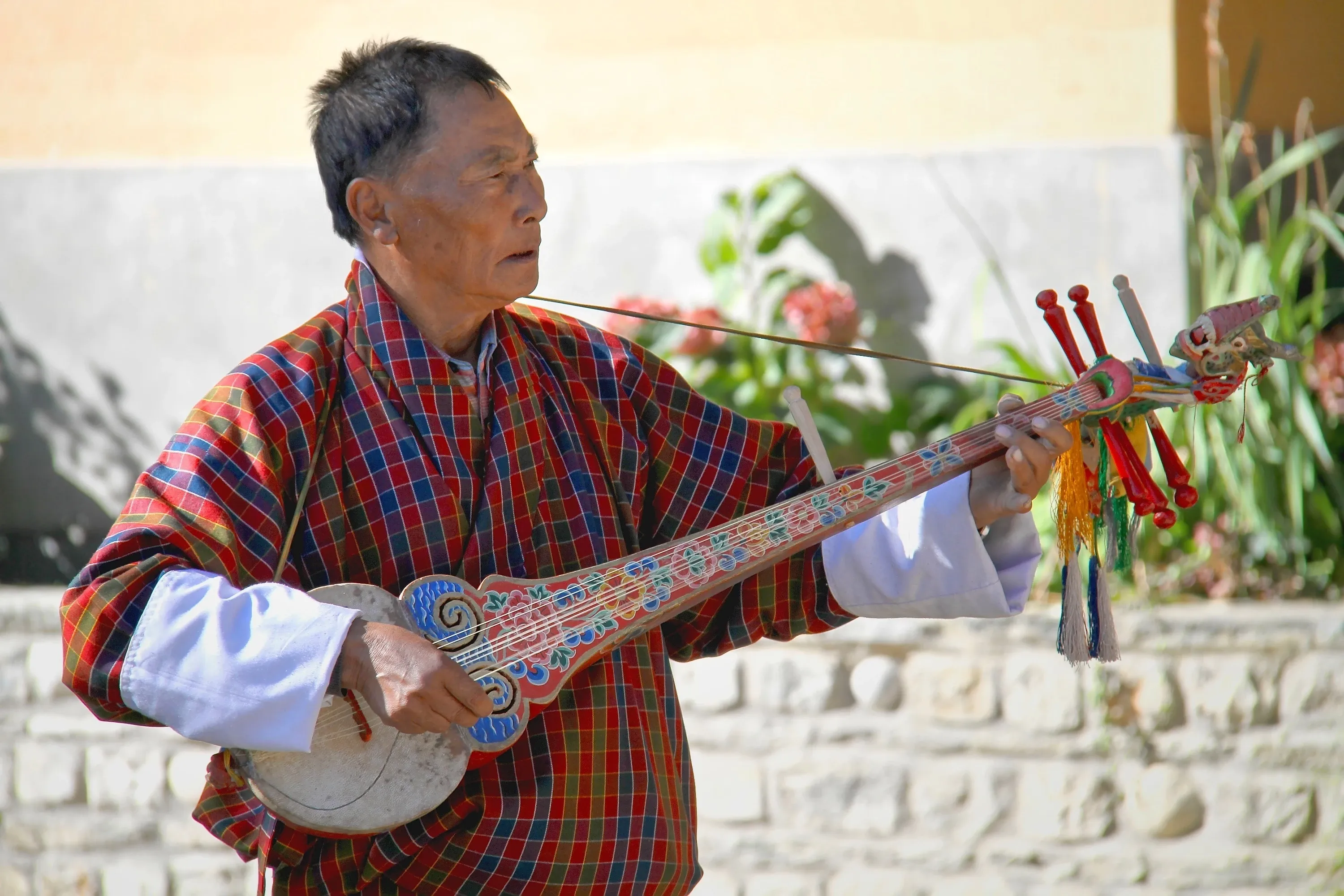
Other Do’s and Don’ts in Bhutan
Bhutan, the last Vajrayana Buddhist country in the world, is a land of profound spirituality and rich traditions. Its breathtaking landscapes, revered religious sites, and tightly-knit communities make it a unique destination.
Travelling in Bhutan is more than sightseeing—it’s an opportunity to engage with a culture deeply rooted in respect for both the environment and spiritual heritage. To ensure a respectful and fulfilling journey, here are some key do’s and don’ts to keep in mind.
Do's
Respect sacred sites:
Bhutan is home to many revered religious sites, from roadside stupas to majestic monasteries. Remove your cap or hat when visiting sacred spaces or meeting elders. Wear long sleeves and cover your legs when entering temples, and always take off your shoes at the entrance.
Engage respectfully with locals:
Bhutanese people are warm and welcoming. A simple “Kuzu zangpo la” (hello) goes a long way in creating connections, as does a genuine smile. Remember to ask before taking photos of individuals or religious ceremonies.
Practice environmental mindfulness:
Bhutan boasts one of the world’s most biodiverse ecosystems. Enjoy its natural beauty, but leave it untouched. Hunting and fishing are illegal in most areas, and venturing into the wild without a licensed guide is both unsafe and discouraged.
Follow temple etiquette:
Maintain silence inside temples, refrain from touching religious artifacts or paintings, and never sit on sacred thrones meant for lamas. Sit cross-legged if seated on the floor with monks, nuns, or elders.
Don'ts
Don’t obstruct religious practices:
When visiting temples or festivals, ensure you do not stand between worshippers and altars, or otherwise disrupt their spiritual experience.
Avoid photography of people and sacred sites:
Do not take photos inside temples or sacred sites. Be mindful when photographing people, particularly during prayers or festivals—always ask for permission first.
Don’t disrupt nature or wildlife:
Leave Bhutan’s pristine natural environment as you found it. Avoid picking plants, and respect the ban on hunting and fishing in most areas.
Quick facts about Bhutan
- Official language: Dzongkha
- Form of government: Unitary parliamentary semi-constitutional monarchy
- Population: > 790.000
- Capital city: Thimphu
- Currency: Bhutanese Ngultrum (BTN)
- Time zone: Bhutan Time (BTT)
- Summer months: June to August
- Winter months: December to February
- Climatic warmest Temperatures: 30°C
- Climatically coldest temperatures: -10°C
- Telephone area code: +975
- Standard voltage of electricity: 230 V
Reminder: Learn about the history of the Bhutan
Bhutan has a unique and fascinating history. In ancient times, the region was sparsely populated by various indigenous groups, who practised animism and shamanistic traditions before Buddhism began to take hold.
By the 7th century, Buddhism had begun to spread in Bhutan, significantly influenced by the Tibetan traditions. It was during the reign of King Songtsen Gampo of Tibet that Bhutan first formally adopted Buddhism. Over the centuries, Bhutan’s spiritual heritage deepened, with the arrival of renowned Buddhist masters such as Padmasambhava, who played a key role in establishing Bhutan as a center of Vajrayana Buddhism.
In the 17th century, Bhutan underwent a significant transformation under the leadership of Zhabdrung Ngawang Namgyal. After fleeing political unrest in Tibet, Zhabdrung united the various warring regions of Bhutan and established a dual system of government, with a religious and secular ruler. His leadership not only stabilised the kingdom but also shaped the strong cultural identity that still defines Bhutan today.
Bhutan’s isolation from the outside world was largely maintained for centuries. In the 19th century, the kingdom faced invasions from both Tibet and British India, leading to a series of border disputes. Bhutan entered into treaties with the British to ensure its sovereignty while remaining largely independent. The country’s isolation continued into the 20th century, with few foreign influences until the 1960s, when Bhutan began to open up to the outside world.
The 20th century was marked by political and social reform, including the establishment of a monarchy in 1907, when Ugyen Wangchuck was crowned as the first King of Bhutan. King Jigme Dorji Wangchuck, the third monarch, ushered in a period of modernization in the 1950s and 1960s, including the introduction of a written constitution, roads, and healthcare systems.
In 2008, Bhutan transitioned into a constitutional monarchy, with the first democratic elections held under King Jigme Khesar Namgyel Wangchuck, marking the beginning of a new era for the country. Bhutan is known today for its commitment to preserving its unique culture, environment, and happiness-centred policies, often referred to as Gross National Happiness (GNH). The country continues to draw attention for its impressive blend of tradition and modernisation.
Bhutan etiquette in brief
Bhutan is a country where ancient traditions and spiritual reverence play a central role in everyday life. With its rich Buddhist heritage, respectful etiquette is key when interacting with the locals and visiting sacred sites.
From offering a warm "Kuzu zangpo la" to understanding the importance of silence in temples, showing respect for Bhutan's culture will enhance your experience. Bhutan also places a strong emphasis on environmental preservation and sustainable tourism, ensuring that both nature and spirituality are maintained for future generations.
By adhering to these customs, travellers can create meaningful connections and immerse themselves in the kingdom’s tranquil, mindful atmosphere.
Source references:
Bhutan Visit
Visit Bhutan.com
Bhutan Honorary Consulate-General
Sign up for the newsletter
By clicking on “Subscribe now” I will subscribe to the Conscious Explorer newsletter with all the information about mindful travel. Information on the success measurement included in the consent, the use of the shipping service provider MailChimp, logging of the registration and your rights of revocation can be found in our privacy policy.
